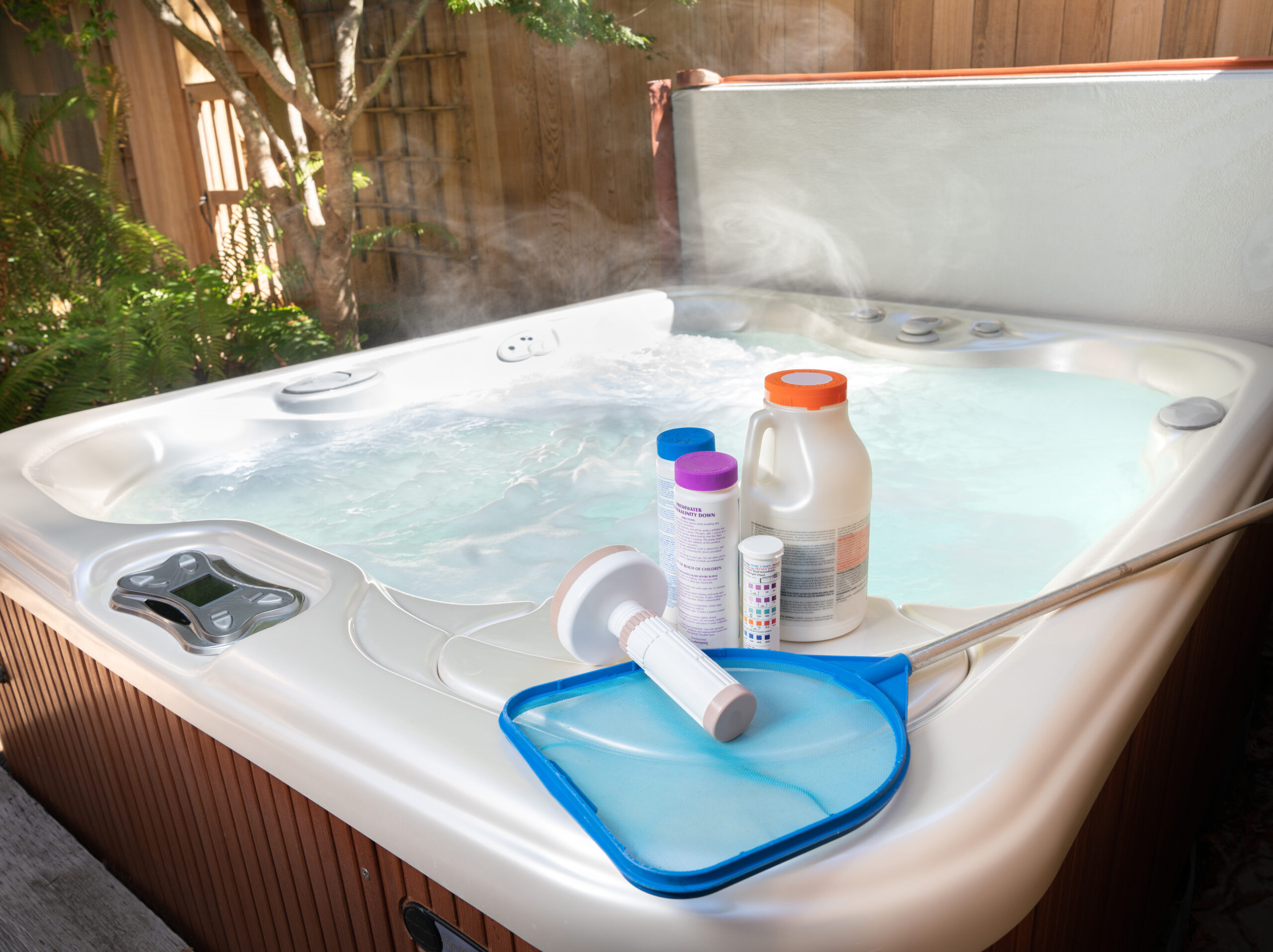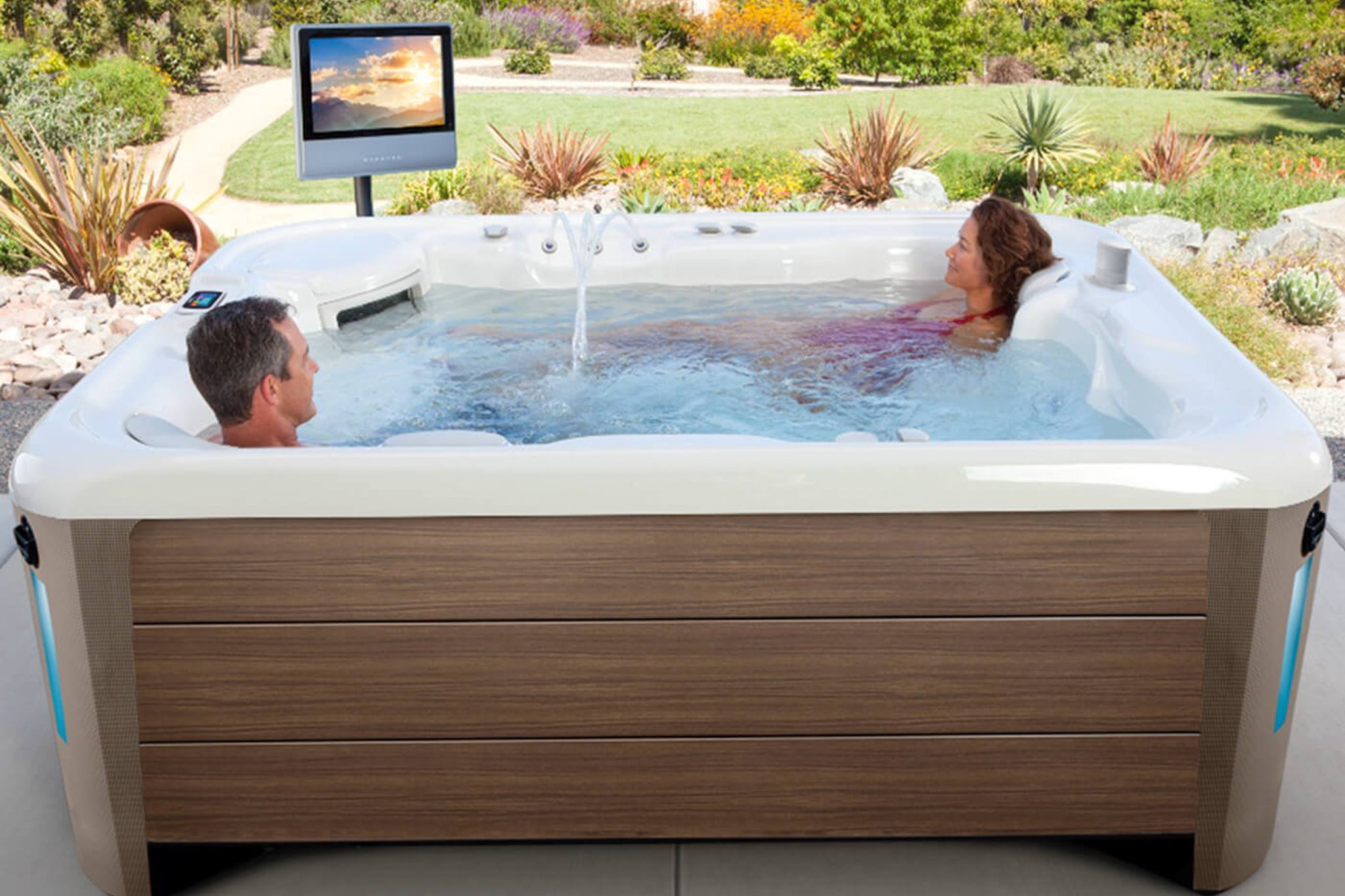There’s no better way to relax and unwind than by soaking in a hot tub or jacuzzi. These luxurious additions to your home can provide not only a therapeutic escape but also a gathering place for family and friends. If you’re considering investing in a hot tub or jacuzzi, this beginner’s guide will walk you through the essential factors to consider to make the right choice for your needs and preferences.
Determine Your Budget
The first step in choosing a hot tub or jacuzzi is to establish a budget. Hot tubs come in a wide range of prices, depending on their size, features, and brand. Setting a budget will help you narrow down your options and prevent you from overspending. Remember that the initial cost is just one aspect of the expense—operational costs for electricity, water, and maintenance should also be considered.
Choose the Right Location
Selecting the right location for your hot tub is crucial. Think about factors like privacy, accessibility, and aesthetics. You’ll want a spot that provides a sense of seclusion and allows for easy entry and exit. Ensure that the location can support the weight of the hot tub, which can be quite heavy when filled with water. Consulting with a professional may be necessary to assess the structural integrity of the chosen site.
Determine the Size and Capacity
Hot tubs come in various sizes and can accommodate different numbers of people. Consider how you plan to use the hot tub and the number of people who will typically use it. If you intend to use it for intimate evenings, a smaller model may suffice. However, if you want to host gatherings or enjoy family time, a larger hot tub with more seating capacity will be necessary.
Decide on the Type
Hot tubs are available in two main types: portable and in-ground.
- Portable Hot Tubs: These are self-contained units that can be moved and placed on any flat surface. They are generally more affordable and easier to install, making them a popular choice for many homeowners. Portable hot tubs offer flexibility as they can be relocated if needed.
- In-Ground Hot Tubs: These are built into the ground and typically require more extensive installation. While they offer a seamless look when integrated with your landscape, they are less flexible in terms of placement. In-ground hot tubs tend to be more expensive due to the construction involved.

Consider the Material and Insulation
Hot tubs are typically made of one of three materials: acrylic, roto-molded plastic, or wood.
- Acrylic: Acrylic hot tubs are known for their durability, longevity, and smooth, non-porous surface. They come in various colours and designs, allowing for customization. They also offer excellent insulation, which helps reduce energy costs.
- Roto-Molded Plastic: These hot tubs are more affordable and lightweight. They are ideal for those with a tight budget or limited space. However, they may not offer the same level of durability as acrylic models.
- Wood: Wooden hot tubs have a rustic, natural look and are often made from cedar or redwood. While they are aesthetically pleasing, they require more maintenance, including sealing and staining, to prevent wood rot.
Explore Jet Options
Jets are a key feature of hot tubs, as they provide hydrotherapy and relaxation. The number, type, and placement of jets can vary widely among models. When choosing a hot tub, pay attention to the jet configuration and how it aligns with your specific needs. Some hot tubs offer adjustable jets, allowing you to customize the massage experience.
Evaluate Energy Efficiency
Hot tubs can be energy-intensive, and their operational costs can add up over time. Look for energy-efficient models that are well-insulated and have high-quality covers to retain heat. Energy-efficient pumps and heaters can also help reduce energy consumption. Consider investing in a hot tub with a high energy efficiency rating to save on your utility bills.
Test the Water Filtration and Sanitization System
Clean water is essential for a safe and enjoyable hot tub experience. Check the filtration and sanitization system of the hot tub you’re considering. Most modern hot tubs come equipped with efficient filtration systems and options for ozone or UV-C purification. Ensure that the hot tub has a user-friendly control panel for adjusting water temperature and filtration settings.
Consider Maintenance and Warranty
Before making a final decision, inquire about the maintenance requirements of the hot tub and the warranty offered by the manufacturer. Understanding the maintenance routine, water chemistry, and cleaning tasks involved will help you plan for ongoing upkeep. Additionally, a comprehensive warranty can provide peace of mind in case of any unexpected issues or repairs.





